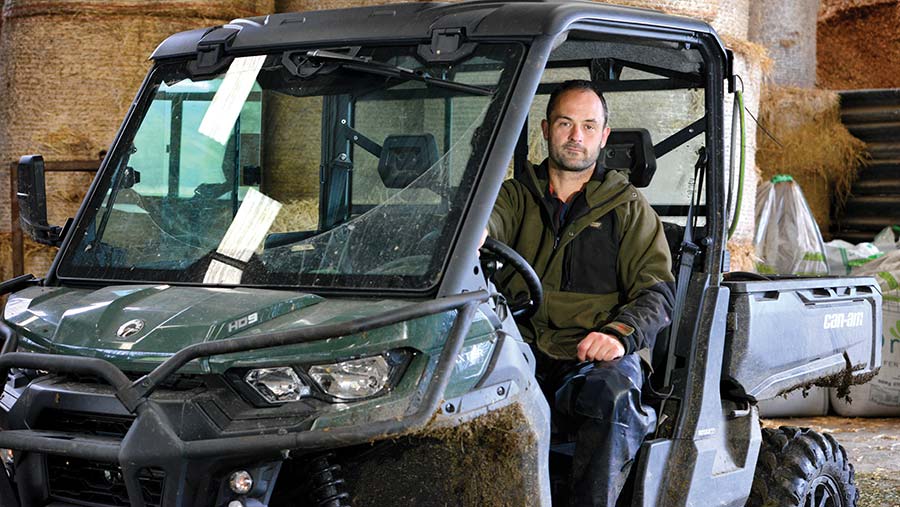Farmer Focus: Picking 12,000 pumpkins tested family bonds
 © Michelle Scott
© Michelle Scott October has been a busy month for us as we opened our farm gates again for our annual pumpkin-picking events.
Every year comes with its own challenges, and this year was the harvest of too many pumpkins.
On the positive side, it enabled us to sell wholesale to several competitor patches around the Highland area, and further afield too.
See also: Photo of the Week: Halloween Collie and sheep pumpkin
However, all 12,000 pumpkins had to be harvested by hand in the lead-up to the events and it was certainly a test of family relationships – and fitness – like no other.
A busy autumn makes going into the dark winter nights a bit easier though; it’s time to catch up with all the jobs we haven’t had time for.
Autumn stock work has been a priority. Calves are all housed on slats and mature cows are out on the hill for winter.
The cows were scanned with 11 empty and four sets of twins from 157 put to the bull.
Overall, I am content with this result as the bulls were only out for six weeks.
Of the empties, six were from the second-calver lot – they were in-calf heifers the year before. I let them get a bit lean through the winter and this obviously held them back – I’m paying for that now.
These will be fattened up and should make good money if recent trade is anything to go by.
As we recently reduced ewe numbers quite significantly, we have 5ha (12 acres) of surplus beet that we are now able to repurpose.
Finishing my 18-month-old stirks on grass has not gone as well as planned, so I am gradually moving them to the beet for finishing.
This will be the first time I have had this stock class on beet, so I am a bit apprehensive about rumen acclimatisation.
The cattle are getting put in the beet field each morning, with a small fresh break to try to get them all eating it well, before we slowly increase the daily amount.
They are getting back to grass each night to make up the rest of their daily requirement.
The aim will be to leave them on almost 100% beet to get them fattened fast.

